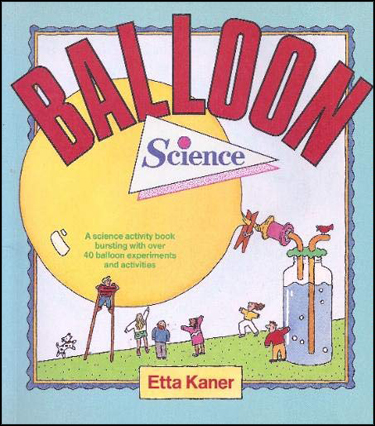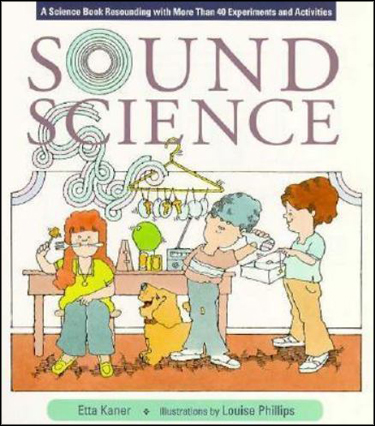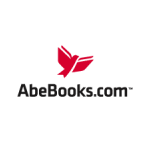Balloon Science and Sound Science
(Ages 8-12)


About Balloon Science
If you're crazy about balloons, Balloon Science will be a blast! This book presents fifty-four science experiments for kids, all using ordinary balloons and simple household items. The experiments deal with air, air pressure, water, helium, static electricity and carbon dioxide. Each chapter explains the science behind the projects, suggests many more mysteries for readers to investigate, and practical applications of the investigation. The book is also filled with balloon riddles.
About Sound Science
Readers are invited to try science experiments using household items to make discoveries about sound. Topics include the human ear, music, pitch, and communication. Many experiments invite the reader to extend the investigation with “What if…” questions.
Both Balloon Science and Sound Science have been translated into many languages by publishers who buy foreign rights to translate. The only problem is the riddles which are basically puns. Riddles that are funny in English, are not funny in another language since they are translated literally. For example, in Balloon Science, the riddle in the introduction goes like this:
Question: What do a balloon and a fairy have in common?
Answer: They both have air in them. (f-air-y).
Since the words for air and fairy are different in other languages, the riddle falls apart. Oh well…
Reviews
Balloon Science
“Perfect for parents home schooling their children and for elementary teachers…Lots of fun for children and adults alike. Recommended.”
— Amazon Customer review
“…This approach covers a lot of bases: hands-on learning, information and fun…A classroom teacher, a parent or a science-loving kid will get good value from this "can do" book."
— Williams, Journal of Canadian Materials for Young People
Sound Science
“The explanations for the physics behind the phenomenon being described and experimented with are good for this age group, clear, not excessively detailed and yet not creating misconceptions…As sound is a popular topic in elementary schools, this book will be a welcome addition to school library and classroom collections.”
— Pat Steenbergen, Journal of Canadian Materials for Young People

